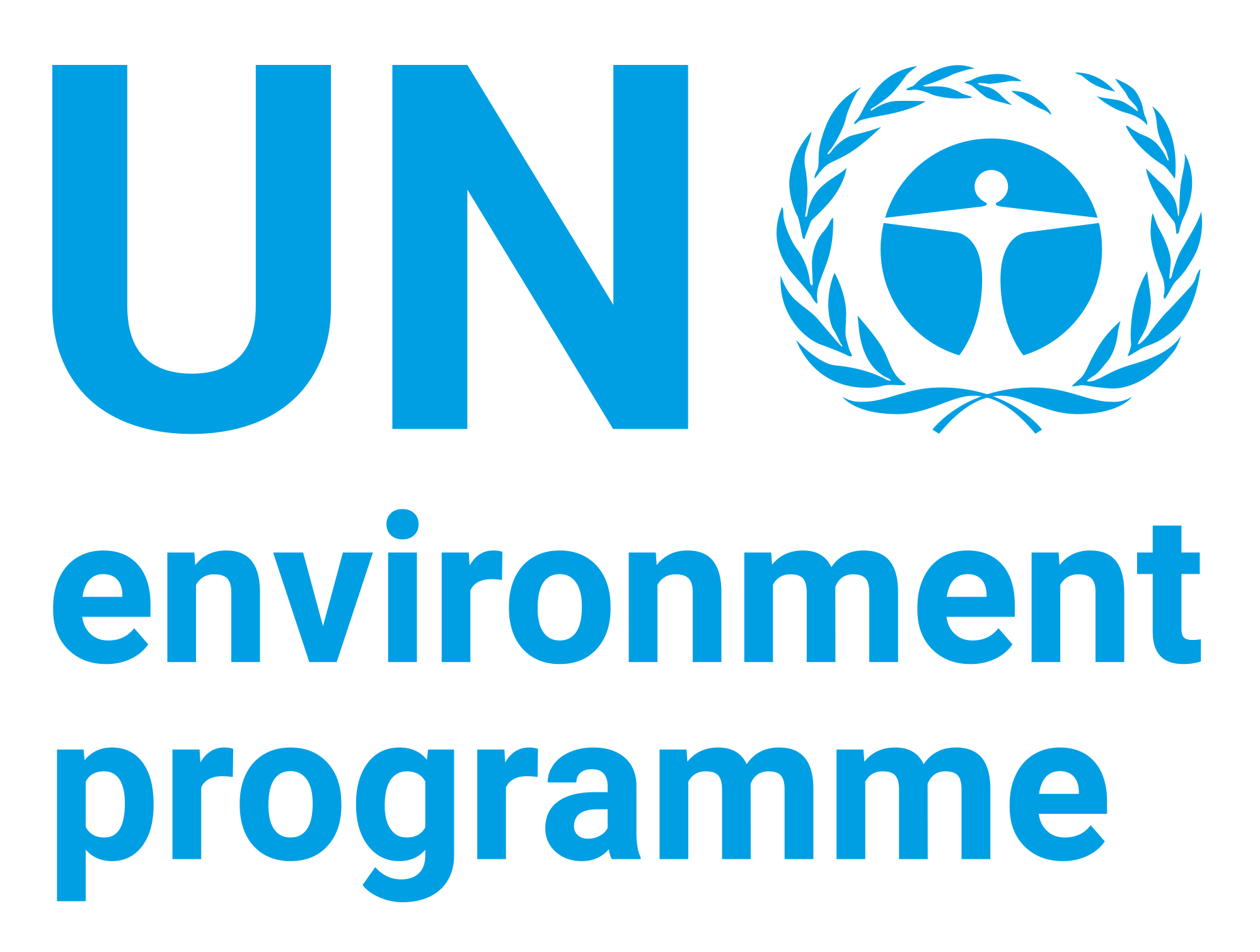Project Document: United Nations Development Programme Global Environment Facility - Governments of Comoros, Kenya, Madagascar, Mauritius, Mozambique, Seychelles, South Africa, Tanzania: Programme for the Agulhas & Somali Current Large Marine Ecosystems - Agulhas & Somali Current Large Marine Ecosystems Project (PIMS 2205)

Date
2003-10Author
Global Environment Facility
United Nations Development Programme
Citation Tool
Bibliographic Managers
RT Generic T1 Project Document: United Nations Development Programme Global Environment Facility - Governments of Comoros, Kenya, Madagascar, Mauritius, Mozambique, Seychelles, South Africa, Tanzania: Programme for the Agulhas & Somali Current Large Marine Ecosystems - Agulhas & Somali Current Large Marine Ecosystems Project (PIMS 2205) A1 Global Environment Facility, United Nations Development Programme YR 2003-10 LK https://wedocs.unep.org/20.500.11822/25899 PB United Nations Development Programme AB TY - GEN T1 - Project Document: United Nations Development Programme Global Environment Facility - Governments of Comoros, Kenya, Madagascar, Mauritius, Mozambique, Seychelles, South Africa, Tanzania: Programme for the Agulhas & Somali Current Large Marine Ecosystems - Agulhas & Somali Current Large Marine Ecosystems Project (PIMS 2205) AU - Global Environment Facility, United Nations Development Programme Y1 - 2003-10 UR - https://wedocs.unep.org/20.500.11822/25899 PB - United Nations Development Programme AB - @misc{20.500.11822_25899 author = {Global Environment Facility, United Nations Development Programme}, title = {Project Document: United Nations Development Programme Global Environment Facility - Governments of Comoros, Kenya, Madagascar, Mauritius, Mozambique, Seychelles, South Africa, Tanzania: Programme for the Agulhas & Somali Current Large Marine Ecosystems - Agulhas & Somali Current Large Marine Ecosystems Project (PIMS 2205)}, year = {2003-10}, abstract = {}, url = {https://wedocs.unep.org/20.500.11822/25899} } @misc{20.500.11822_25899 author = {Global Environment Facility, United Nations Development Programme}, title = {Project Document: United Nations Development Programme Global Environment Facility - Governments of Comoros, Kenya, Madagascar, Mauritius, Mozambique, Seychelles, South Africa, Tanzania: Programme for the Agulhas & Somali Current Large Marine Ecosystems - Agulhas & Somali Current Large Marine Ecosystems Project (PIMS 2205)}, year = {2003-10}, abstract = {}, url = {https://wedocs.unep.org/20.500.11822/25899} } TY - GEN T1 - Project Document: United Nations Development Programme Global Environment Facility - Governments of Comoros, Kenya, Madagascar, Mauritius, Mozambique, Seychelles, South Africa, Tanzania: Programme for the Agulhas & Somali Current Large Marine Ecosystems - Agulhas & Somali Current Large Marine Ecosystems Project (PIMS 2205) AU - Global Environment FacilityGlobal Environment Facility, United Nations Development Programme UR - https://wedocs.unep.org/20.500.11822/25899 PB - United Nations Development Programme AB -View/Open
Item Statistics
Display item statisticsMetadata
Show full item recordDescription
The Agulhas Current Large Marine Ecosystem (ACLME) stretches from the north end of the Mozambique Channel to Cape Agulhas and is characterized by the swift, warm Agulhas current, a western boundary current that forms part of the anticyclonic Indian Ocean gyre. The Somali Current Large Marine Ecosystem (SCLME) extends from the Comoros Islands and the northern tip of Madagascar up to the Horn of Africa. It is characterized by the monsoon-dominated Somali current, which has a strong, northerly flow during the summer, but reverses its flow in the winter. These two LMEs are both complex and interactive, and are strongly influenced by the South Equatorial Current, which is funneled across the Mascarene Plateau east of Madagascar before diverging north and south to become components of the Agulhas and Somali Currents. The LMEs are primarily defined by their bathymetry, hydrography, productivity and biota. They are characterized by a dynamic system of ocean currents and upwelling cells, which regulate climate and influence weather patterns, sea temperatures, water chemistry, productivity, biodiversity and fisheries. They also represent an important repository of living marine resources, which underpin the livelihoods of coastal communities in 10 countries and territories.
Collections
Document Viewer
To read more, scroll down below.

